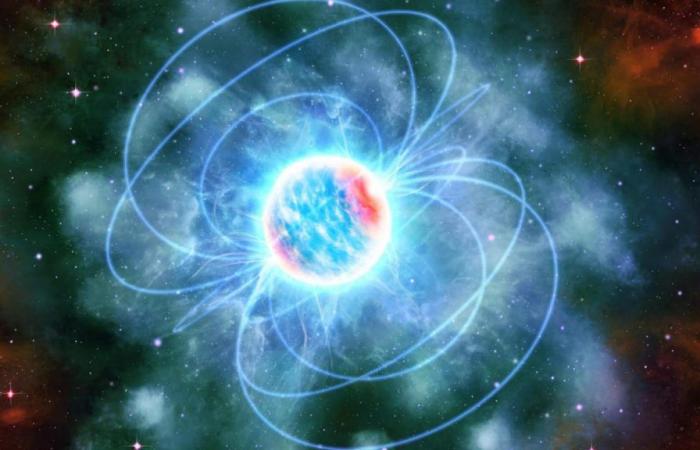An international team of scientists has discovered three exceptionally young and cool neutron stars -between ten and one hundred times colder than those of the same age-, characteristics that do not fit into any of the models proposed so far.
The discovery has been possible thanks to data from the missions ESA’s XMM-Newton and NASA’s Chandra.
By comparing the properties of the three stars with different models of neutron stars, scientists have concluded that the low temperatures of these stars challenge about 75% of the known models, the “equations of state” that govern the conditions of neutron stars and that have important implications for the fundamental laws of the Universe.
Neutron stars are some of the densest objects in the Universe. They arise from the last stage of the evolution of a supergiant star when, as its nuclear fuel runs out, the star explodes in a supernova.
After the explosion, the core of the star collapses until it reaches such a high density that protons and electrons combine to form neutrons. In fact, these stars are called that way because of that.
What happens inside a neutron star is described by the so-called “equation of state”, a theoretical model that describes What physical processes can occur inside a neutron star. The problem is that scientists still don’t know which of the hundreds of possible equation of state models is correct.
Although the behavior of each neutron star may depend on properties such as its mass or its spin speed, all neutron stars must obey the same equation of state.
Too cold
But by analyzing data from the XMM-Newton and Chandra missions, scientists discovered three exceptionally young and cool neutron stars, and by comparing their properties with the cooling rates predicted by different models, they concluded that The existence of these three oddities rules out most of the proposed equations of state.
“The young age and cold surface temperatures of these three neutron stars can only be explained by invoking a rapid cooling mechanism. Since rapid cooling can only be activated by certain equations of state, this allows us to exclude a significant part of the possible models,” explains Nanda Rea, researcher at the Institute of Space Sciences (ICE-CSIC) and the Institute of Space Studies. of Catalonia (IEEC) and director of the research.
Discovering the true equation of state of the neutron star also has important implications for the fundamental laws of the Universe.
It is known that physicists still do not know how to unite the theory of general relativity (which describes the effects of gravity on a large scale) with quantum mechanics (which describes what happens at the particle level). Neutron stars are the best testing ground for this, since they have much higher densities and gravitations to everything we can create on Earth.
Join forces to learn more
Being so cold, the three neutron stars are too weak so that most X-ray observatories can see them.
“The extraordinary sensitivity of XMM-Newton and Chandra made it possible not only to detect these neutron stars, but also collect enough light to determine their temperatures and other properties,” explains Camille Diez, an ESA researcher who works with the XMM-Newton data.
These measurements were only the first step in being able to find out what these oddities mean for the equation of state of neutron stars.
“Research on neutron stars covers many scientific disciplines, from particle physics to gravitational waves. The success of this work demonstrates how fundamental teamwork is to advance our understanding of the Universe,” concludes Nanda.






